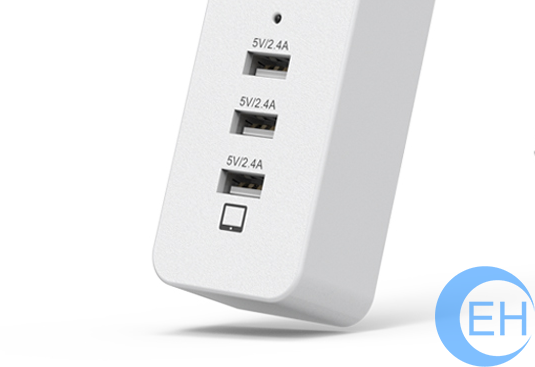The Advantage of USB 3.0, Overview of USB 3.0 Power Charging
USB 3.0 is the third major version of the Universal Serial Bus (USB) standard for interfacing computers and electronic devices. Among other improvements, USB 3.0 adds the new transfer rate referred to as SuperSpeed USB (SS) that can transfer data at up to 5 Gbit/s (625 MB/s), which is about ten times as fast as the USB 2.0 standard.

Manufacturers are recommended to distinguish USB 3.0 connectors from their USB 2.0 counterparts by blue color-coding of the Standard-A receptacles and plugs, and by the initials SS.
Transfer speed – adds a new transfer type called SuperSpeed or SS, 5 Gbit/s (electrically, it is more similar to PCI Express 2.0 and SATA than USB 2.0)
●Increased bandwidth – instead of one-way communication, USB 3.0 uses two unidirectional data paths: one to receive data and the other to transmit
●Power management – U0 to U3 link power management states are defined
●Improved bus use – a new feature is added (using packets NRDY and ERDY) to let a device asynchronously notify the host of its readiness, with no need for polling
●Support to rotating media – the bulk protocol is updated with a new feature called Stream Protocol that allows a large number of logical streams within an Endpoint
As with earlier versions of USB, it provides power at 5 volts nominal. The available current for low-power (one unit load) SuperSpeed devices is 150 mA, an increase from the 100 mA defined in USB 2.0. For high-power SuperSpeed devices, the limit is six unit loads or 900 mA (4.5 watts), almost twice USB 2.0’s 500 mA.
USB 3.0 ports may also implement other USB specifications for increased power, including the USB Battery Charging Specification for up to 1.5 A or 7.5 watts, or the USB Power Delivery specification for up to 100 watts.